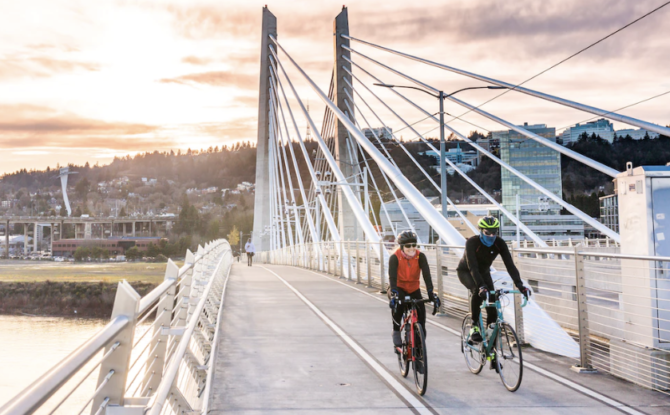From CambridgeDay.com
By Dan Recht
Debate about the installation of additional separated bike lanes is a major topic this election season. As I was planning how to vote, I was pleased to discover that the U.S. Department of Transportation just last month released a report on the effect of bike lanes separated from car traffic by flexi-posts such as the “quick-build” bike lanes here in Cambridge.
The researchers the agency sponsored at Texas A&M University studied our own Cambridge as well as San Francisco and Seattle; Denver and Austin, Texas were included as well. Across all five cities they found consistently that flexi-posts reduced crashes by 50 percent when compared to bike lanes without them.
Photo by Cole Keister on Unsplash







